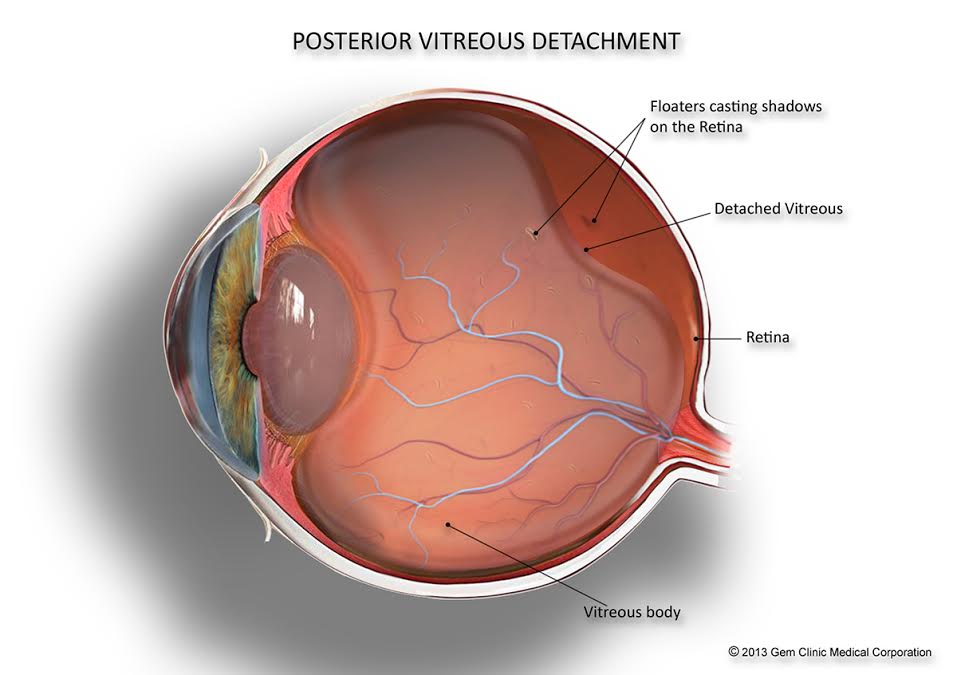Sophisticated Refractive Surgeries in AL: Change Your Vision Today
Sophisticated Refractive Surgeries in AL: Change Your Vision Today
Blog Article
Understanding the Different Vision Correction Procedures Available for Clearer View
In the world of vision correction treatments, a multitude of choices exist to attend to refractive mistakes and give individuals with more clear view. Allow's explore the details of these treatments and lost light on the path to attaining enhanced vision quality.
LASIK Surgery
LASIK surgical procedure is an usual refractive treatment utilized to deal with vision problems such as nearsightedness, farsightedness, and astigmatism - glaucoma service near me. This surgical technique, which stands for Laser-Assisted in Situ Keratomileusis, intends to reshape the cornea to improve just how light is concentrated on the retina, ultimately improving vision clearness. During the treatment, a thin flap is developed on the cornea, and a laser is utilized to remove exact amounts of tissue to reshape it properly. This improving allows for light to be properly concentrated onto the retina, remedying refractive mistakes.
Among the main advantages of LASIK surgical procedure is the rapid enhancement in vision experienced by patients. Numerous individuals observe a considerable improvement in their sight right away after the procedure. Furthermore, a lot of individuals report very little discomfort and pain during the surgical treatment and healing duration. The healing time for LASIK is fairly fast, with several people going back to their everyday tasks within a day or 2 post-operation. Generally, LASIK surgical procedure is a prominent selection for individuals looking for a long-lasting remedy for their vision problems.
PRK Procedure
While additionally a typical refractive treatment, the PRK (Photorefractive Keratectomy) strategy differs from LASIK surgical procedure in its strategy to remedying vision issues. In PRK, as opposed to creating a flap on the cornea, the outer layer of the cornea, called the epithelium, is entirely removed. This allows the laser to reshape the cornea to deal with refractive mistakes such as nearsightedness, farsightedness, and astigmatism straight on the surface area.

Despite the longer recuperation time, PRK can yield excellent cause vision enhancement, making it a useful option for those who might not appropriate candidates for LASIK surgical procedure.
Implantable Lenses
As opposed to PRK where the cornea is improved directly, implantable lenses provide an additional method for correcting vision by inserting fabricated lenses inside the eye. This treatment is specifically helpful for people with high degrees of astigmatism, farsightedness, or nearsightedness who might not appropriate prospects for laser surgical treatments like LASIK or PRK.
Implantable lenses, additionally called phakic intraocular lenses, work by supplementing the eye's all-natural lens with a fabricated one. retina service near me. These lenses can be positioned in front of the natural lens (former chamber) or behind the iris and in front of the all-natural lens (posterior chamber) By readjusting the power and positioning of these lenses, ophthalmologists can effectively fix refractive mistakes and improve visual skill
One advantage of implantable lenses is that they are exchangeable and removable, giving versatility for future modifications. Nevertheless, similar to any type of surgery, there are threats look at this website entailed, such as infection or visit this site cataract development. People considering implantable lenses ought to talk to an eye care specialist to identify one of the most appropriate alternative based upon their individual demands and eye health.
Corneal Rings
Corneal rings, also called intracorneal ring segments, are little, transparent devices put into the cornea to correct vision distortions such as keratoconus. Keratoconus is a problem where the cornea thins and bulges outside, triggering vision to come to be distorted. The insertion of corneal rings helps to squash the cornea, boosting visual skill and decreasing the irregular astigmatism caused by keratoconus.
The procedure for putting corneal rings is minimally intrusive and reasonably quick, usually executed as an outpatient treatment. Throughout the surgical treatment, the ophthalmologist makes a tiny laceration in the cornea and inserts the rings at a details deepness. Once in position, the rings help to reshape the cornea, offering a smoother surface for light to get in the eye, which can cause clearer vision.
Corneal rings are taken into consideration a relatively easy to fix procedure, as they can be gotten rid of or changed if necessary. retina service near me. While they might not entirely eliminate the need for glasses or call lenses, corneal rings can considerably improve vision top quality and overall aesthetic comfort for people with keratoconus or other corneal irregularities
Refractive Lens Exchange
Complying with the improvement of corneal abnormalities with procedures like corneal rings, an additional vision modification strategy that can resolve refractive errors is Refractive Lens Exchange (RLE) RLE is a medical procedure that includes replacing the eye's all-natural lens with a fabricated intraocular lens (IOL) to deal with refractive errors such as presbyopia, nearsightedness, and farsightedness. This procedure is especially advantageous for people who may not appropriate prospects for treatments like LASIK or PRK because of aspects such as slim corneas or high refractive errors.

Verdict
In conclusion, there are numerous vision adjustment procedures offered to assist individuals achieve clearer sight. LASIK surgical procedure, PRK procedure, implantable lenses, corneal rings, and refractive lens exchange are all options that can deal with different vision problems.
In the realm of vision adjustment procedures, a wide range of choices exist to attend to refractive errors and offer individuals with clearer view.LASIK surgery is a typical refractive procedure utilized to remedy vision problems such as nearsightedness, astigmatism, and farsightedness.While also a common refractive procedure, the PRK (Photorefractive Keratectomy) strategy differs from LASIK surgical treatment in its method to correcting vision issues.Following the correction of corneal irregularities with treatments like corneal rings, one more vision correction strategy that can deal with refractive mistakes is Refractive Lens Exchange (RLE) LASIK surgery, PRK treatment, implantable lenses, corneal rings, and refractive lens exchange are all choices that can address various vision issues.
Report this page